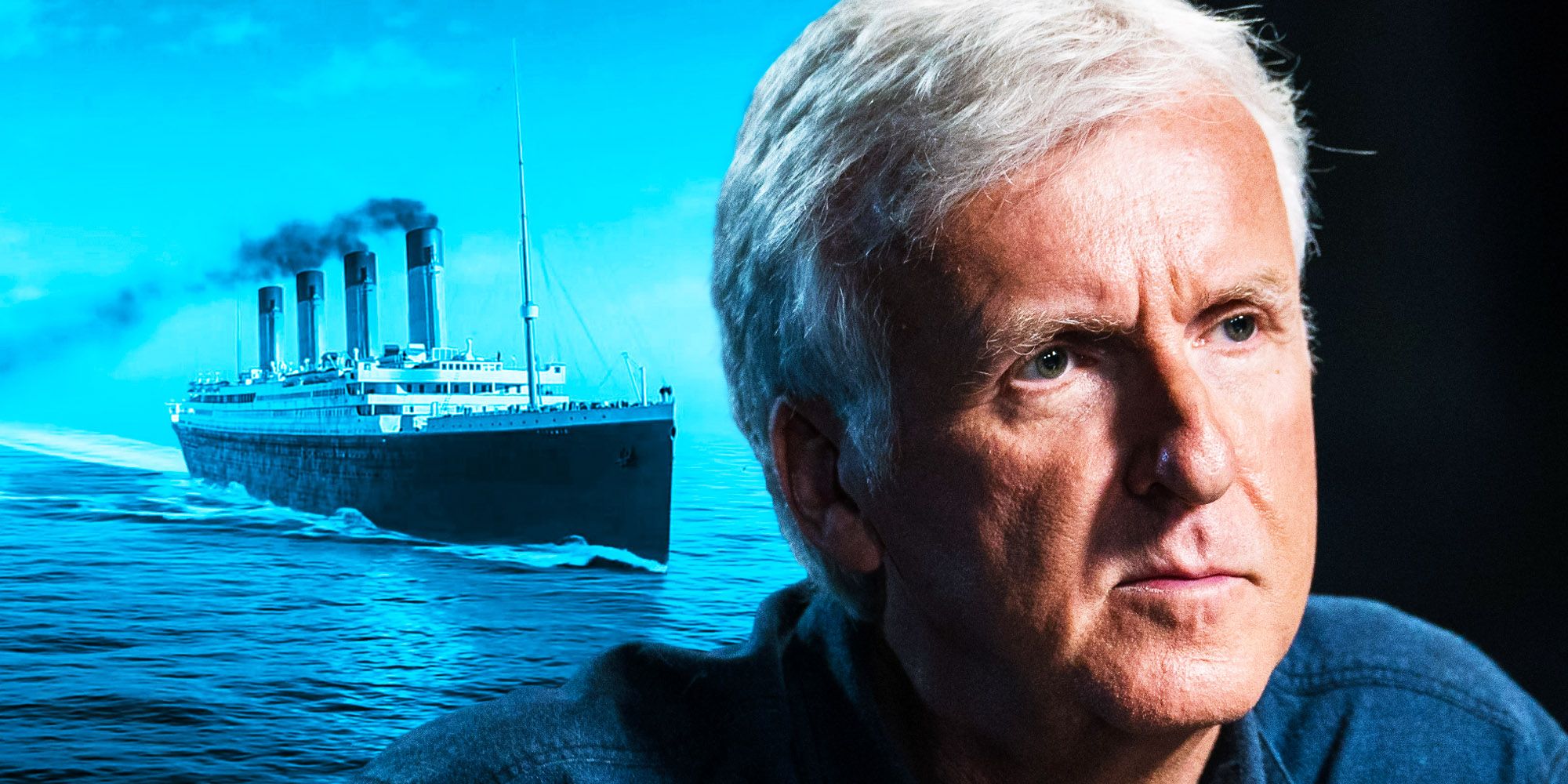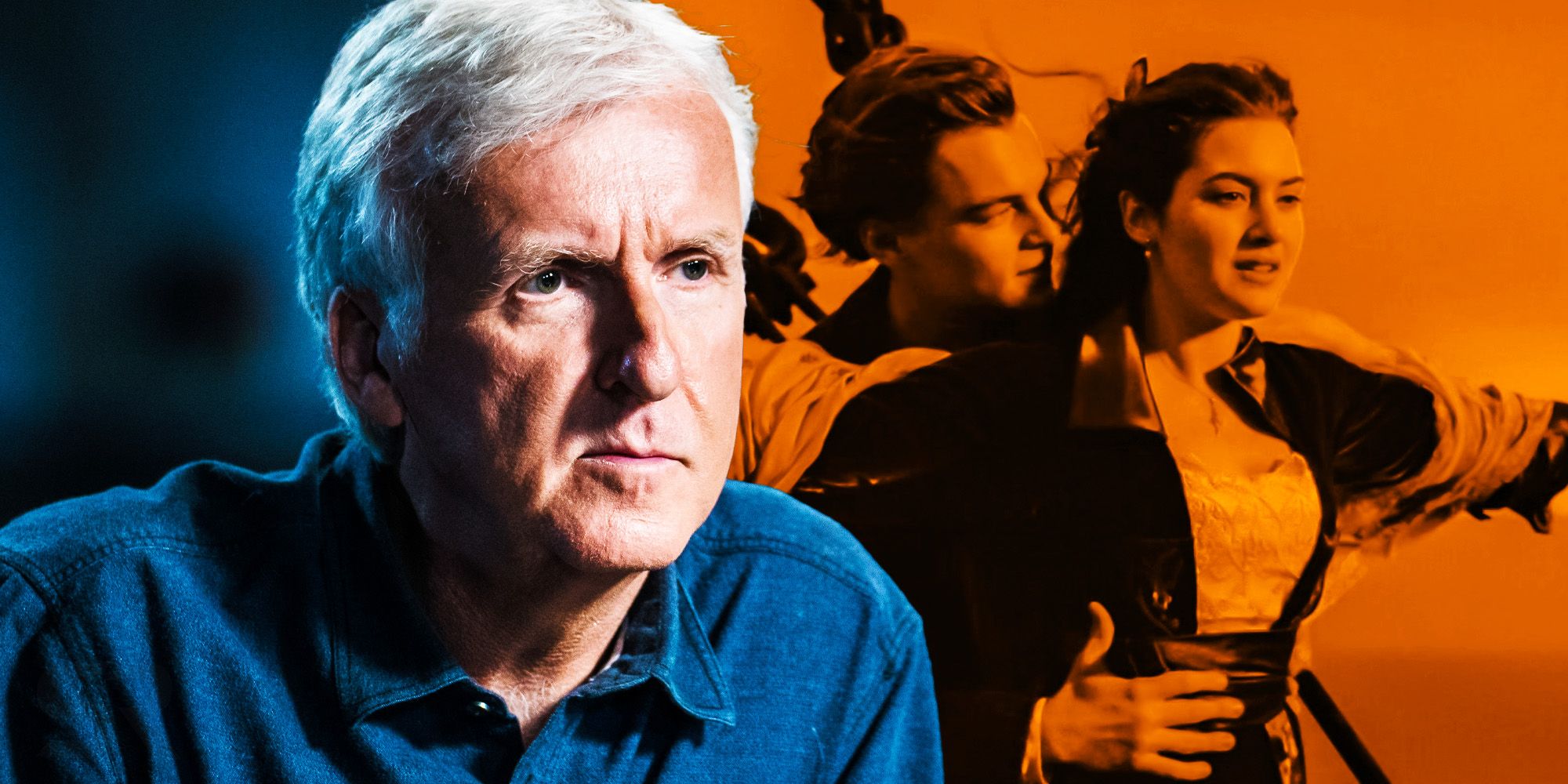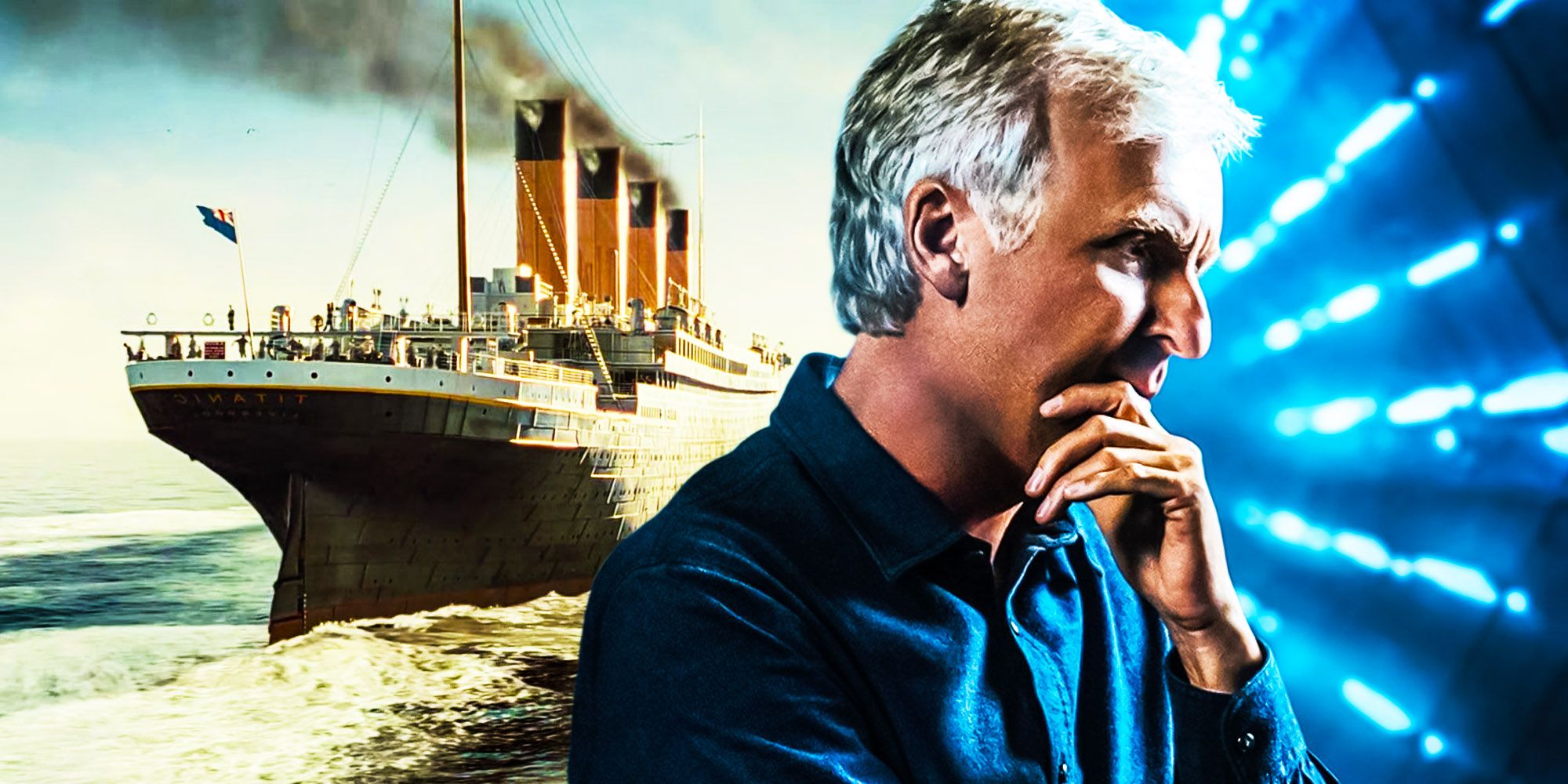James Cameron’s Titanic continues to be one of the best movies ever made as well as one of his best works, but he had other reasons for making the movie that have nothing to do with telling a tragic love story. Based on the real-life tragedy of the RMS Titanic in 1912, Cameron’s Titanic tells a fictional story starring fictional characters but with the infamous ship and its sinking as the setting, and through these characters, the audience met characters based on real-life passengers, though not all of them were survivors.
Titanic tells the story of Rose DeWitt Bukater (Kate Winslet), a first-class young woman, and Jack Dawson (Leonardo DiCaprio), a third-class passenger, who meet onboard the ship and over the course of four days fall in love and defend their romance from those who look down upon them, mostly those from the first-class side of the ship. Titanic included real footage of the Titanic’s remains at the bottom of the ocean, and these were actually the real reason why James Cameron made Titanic, as he was more interested in the expedition rather than the movie itself.
Why James Cameron Was Obsessed With The Titanic Shipwreck
James Cameron enrolled at Fullerton College in 1973 to study physics, switched subjects to English later on, and left college in 1974. Cameron’s career as a filmmaker began in 1978 with his first short film, and he has since explored different genres in his movies, but there was still a science guy inside of him wanting to fulfill a couple of dreams. Cameron had been a diver for years, and in an interview with Playboy in 2009, he shared that the Titanic was “the Mount Everest of shipwrecks”, and as a diver, he wanted to visit it and do it right. Cameron admitted in that same interview that he made Titanic mostly because he wanted to dive to the shipwreck and “not because I particularly wanted to make the movie”, and after learning about other crews who had dived to the Titanic to make an IMAX movie, he decided to “make a Hollywood movie to pay for an expedition”. Cameron added that he felt he was almost past the point in his life when he could make the undersea expedition to the Titanic, and “had a mental restlessness to live the life” he had left aside when he switched from the sciences to the arts in college.
Cameron then pitched Titanic as “Romeo and Juliet on the Titanic”, and in order to get the project greenlit and thus make the long-awaited expedition to the shipwreck, he added more details to his pitch, including the opening with real-life footage of the shipwreck, which he explained to Fox could either be done with “elaborate models” and CG and would cost a certain amount of money, or they could “spend X plus 30%” and get shots of the real wreck. Needless to say, it worked.
How James Cameron & Titanic Impacted Deep-Sea Exploration
James Cameron’s obsession with shipwrecks and the Titanic not only resulted in one of the best movies ever made, but he also contributed to advancements in underwater filming, as Titanic wasn’t the only opportunity he had to visit the wreck. Cameron helped developed the 3D Fusion Camera System and in 2011 he became a National Geographic explorer in-residence. The following year, he went on an undersea expedition with the Deepsea Challenger and reached the Challenger Deep, the deepest part of the Mariana Trench, and after spending hours exploring the ocean floor, he became the first to accomplish the trip alone. As a filmmaker and sea explorer, he has produced many documentaries, such as Ghosts of the Abyss and Aliens of the Deep. James Cameron’s obsession and real motives to make Titanic paid off quite well, as he not only earned a spot in film history but also continued nurturing that part of his creativity.



